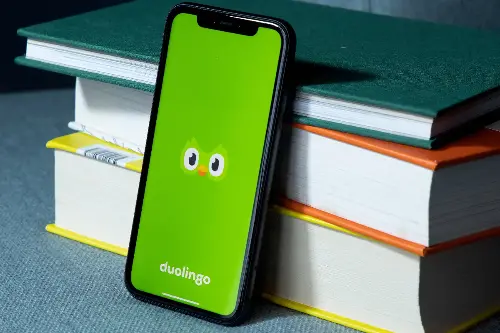Achieving fluency in a new language can seem a daunting task, especially for adults who often hear that children are more adept at acquiring languages. The truth, however, is encouraging: with the right approach and techniques, adults can reach high levels of proficiency, if not mastery, in their chosen language. As we explore the terrain of language learning, we uncover a treasure trove of methods and secrets that have enabled countless adult learners to succeed in their linguistic pursuits.

Understanding the Adult Learner
Adults possess certain advantages in language learning, such as a mature understanding of how grammar structures work and a more extensive vocabulary in their native language—assets that can be transferred when learning a new language. The key to leveraging these strengths is through strategic planning and tailored learning methods. Adult learners should begin their journey by setting clear, achievable goals, which can be as specific as reaching a particular level of proficiency by a certain date or as simple as being able to hold a conversation with a native speaker.
The Power of Immersive Learning
Immersive learning is one of the most potent ways to grasp a new language. This doesn’t necessarily mean moving to a country where the language is spoken, although that is unquestionably beneficial. Immersion can also be created at home through various methods such as listening to music, watching films or television shows, and using software or mobile applications that simulate real conversational experiences in the target language. The aim is to surround oneself with the language as much as possible to aid with understanding and speaking.

Strategic Use of Technology
Today’s language learners have a significant advantage over previous generations: technology. Online resources, language learning apps, and digital platforms provide interactive and engaging ways to learn. Utilising these tools can keep the learning process flexible and varied. Apps like Duolingo, Babbel, and others have gamified language learning, allowing users to build their skills in a fun and accessible manner, while websites like iTalki enable learners to find native speakers to practice with through video chat.
Personalised Language Coaching
Sometimes, a more personalised approach can offer the structure and guidance necessary to make substantial progress. A language coach or tutor can provide expert insights and tailor lessons to address specific needs, focusing on areas of difficulty or interest. This one-on-one interaction not only enhances language skills but also boosts confidence—a crucial factor for speaking a new language.
Social Learning through Language Exchange
Language exchanges, where two speakers teach each other their native languages, can be of great benefit. This system provides authentic conversational practice, cultural insights, and a mutual understanding of the challenges faced. In these exchanges, the language becomes a living entity, something to be experienced rather than just studied.

Cultural Engagement and Accessibility
Understanding the culture behind a language can also greatly enhance learning. It enriches context, provides common topics for discussion, and makes learning the language more enjoyable. Engaging with cultural activities, such as joining cooking classes or dance lessons that use the target language, can open more natural channels for language absorption and retention.
Memory Techniques and Cognitive Strategies
Effectively learning a new language also involves nurturing the ability to remember and recall new words and phrases. Memory techniques, such as the use of mnemonics, spaced repetition systems (SRS), and flashcards, can greatly aid in vocabulary retention. Cognitive strategies that involve the active use of the language, such as speaking to oneself in the target language, writing journals, or creating stories, can consolidate learning and enhance fluency.
Setting a Sustainable Pace
It's essential to set a sustainable pace and maintain language learning as a consistent part of one's routine. It helps to break down tasks into manageable daily activities that can be easily integrated into a busy schedule. Consistent, short periods of study can often be more effective than infrequent, long sessions. The regular review of materials also ensures that previous learning is reinforced and not forgotten.

Embracing Mistakes as Part of the Process
Lastly, it is crucial to embrace mistakes. Speaking a new language involves risk-taking and stepping out of one's comfort zone. Making errors should be seen as a natural and beneficial part of the learning process—one that leads to improvement and eventual fluency.
In conclusion, the path to language fluency for adult learners is one of dedication, adaptability, and patience. By understanding the unique advantages of being an adult learner, by embracing immersive and technological tools at our disposal, by forging connections through social learning and cultural engagements, and by employing cognitive strategies and consistent practice, we can uncover the secrets to success in language learning. It’s a journey that offers not only the reward of proficiency but also the rich experiences and personal growth that come with speaking a new language.
